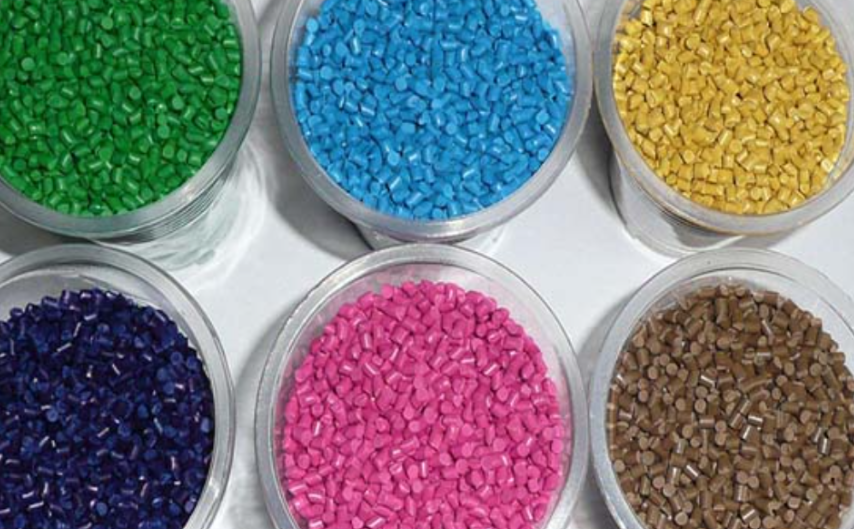September 27, 2024 – ABS Plastic: A Versatile Material Shaping Industries with Innovative Applications and Sustainability Efforts
ABS plastic, a thermoplastic material derived from the ternary copolymerization of acrylonitrile, butadiene, and styrene, has demonstrated extensive application potential across various industrial sectors due to its exceptional comprehensive properties. This article delves into the fundamental characteristics, manufacturing processes, application areas, as well as the environmental challenges and sustainable development strategies associated with ABS plastic.

The unique properties of ABS plastic stem from the ingenious combination of its three monomers. Acrylonitrile contributes to the material’s outstanding chemical and thermal stability, while butadiene provides excellent toughness and impact resistance. Styrene ensures good processability and an aesthetically pleasing appearance. This performance combination positions ABS plastic as an ideal choice for numerous industrial applications.
According to insights from AsiaMB, the production process of ABS plastic encompasses three stages: monomer mixing, polymerization reaction, and post-treatment. Under carefully controlled conditions, these three monomers are blended and initiated for polymerization. Subsequently, high-quality ABS plastic granules are obtained through processes such as washing, drying, and crushing. This production process not only ensures the material’s performance stability but also lays a solid foundation for its widespread applications.
ABS plastic boasts notable features such as high strength, good toughness, excellent chemical resistance, ease of processing, and an attractive appearance. These characteristics have led to the widespread use of ABS plastic in various sectors, including the automotive industry, electronics, household appliances, toy manufacturing, and sports equipment. From automotive interior components to electronic device casings, from home appliances to children’s toys, ABS plastic has garnered market favor with its superior performance and appealing aesthetics.
However, the widespread use of ABS plastic also presents certain environmental challenges, particularly in waste management and recycling. To address these challenges, the industry and research institutions are actively seeking solutions. Efforts are being made to increase the recycling rate of ABS plastic products and reduce waste generation. Simultaneously, there is a focus on developing novel biodegradable ABS alternatives to minimize environmental impact. Additionally, optimizing production processes, reducing energy consumption and waste emissions, and designing products that are easy to dismantle and recycle are also crucial research directions at present.
With advancements in technology and heightened environmental awareness, the ABS plastic industry is moving towards a more eco-friendly and sustainable path. In the future, we can expect to see more innovative technologies applied to the production and application of ABS plastic. These technologies will not only maintain the inherent advantages of ABS plastic but also enable it to better serve the development of human society while alleviating the burden on the environment. As a vital component in modern industry, the future prospects of ABS plastic are promising.














